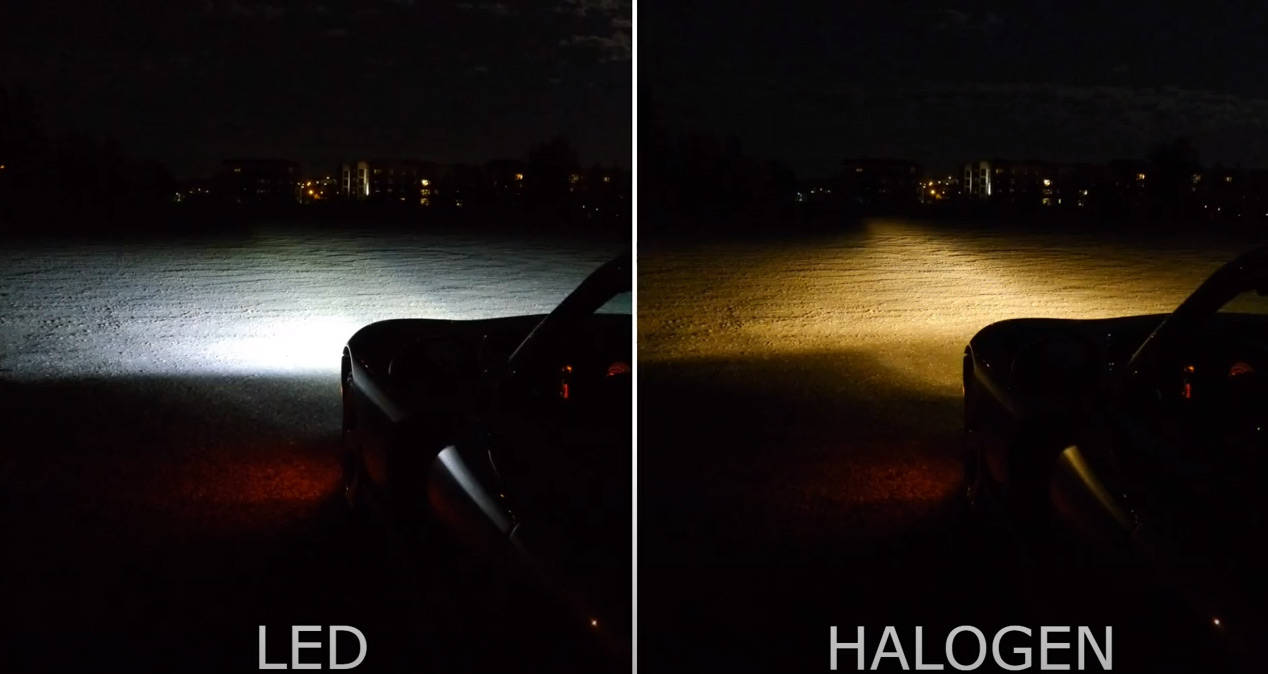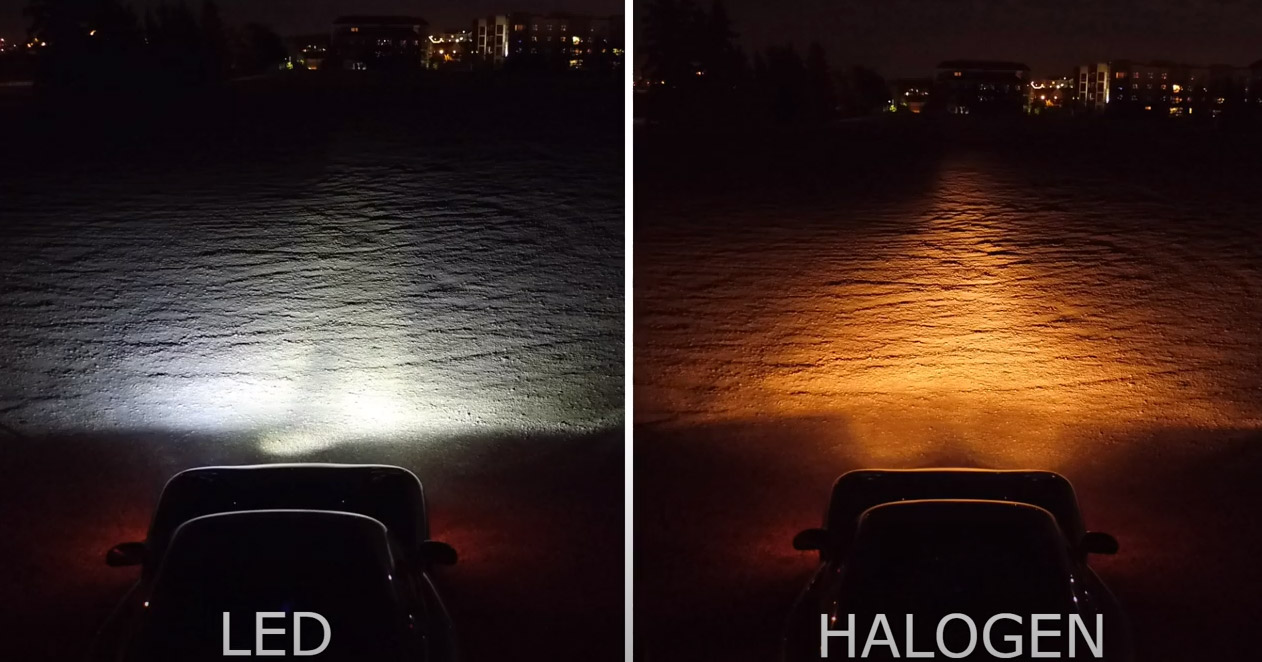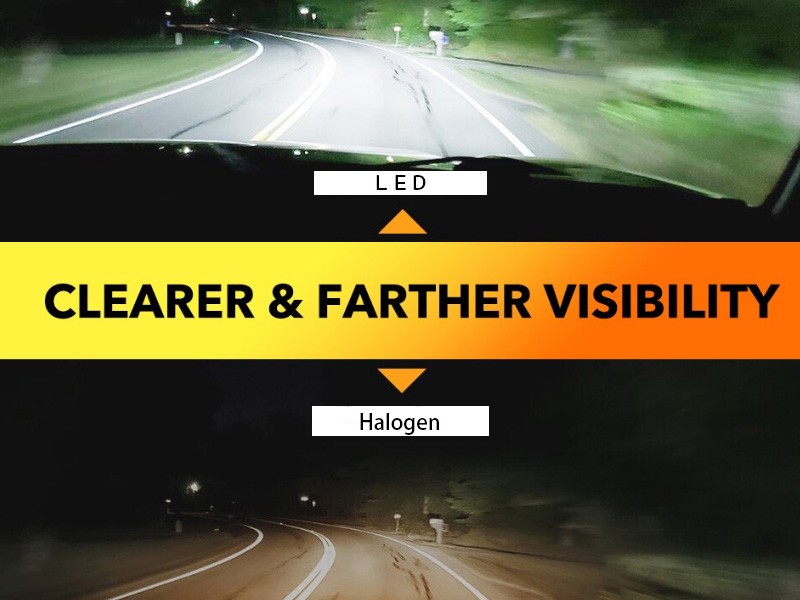LED headlights are all the rage in the auto industry these days and now are available on many lower-priced vehicles, though usually only on higher trim levels and often as optional equipment.
LEDs appeal to automakers and consumers
LEDs appeal to automakers and consumers for several reasons: They have higher brightness than halogen headlights and often cast a wider pattern, plus they use less energy, last longer and have a much whiter color than halogens, which typically are yellowish. What’s more, a lot of people think they look cool.

Halogen headlights were the standard for the auto industry for years because they were cheap to manufacture and simple to replace, but now led has surpassed halogen headlights in many aspects, making it outshining of the automotive industry.
Here’s how they’re different: Halogens are incandescent lights that have a tungsten filament inside a bulb. When electric current passes through the filament, it heats up and generates light. They differ from regular incandescent bulbs in that they have a dose of halogen gas instead of argon gas. Halogen bulbs are brighter than regular incandescent bulbs and tend to last longer.

With LEDs, an electric current passes through a semiconductor (or diode) to produce light that is brighter and generates less heat. LEDs operate about 90% more efficiently than incandescent bulbs, and thanks to them generating less heat, their average service life is significantly higher than that of halogen bulbs.LEDs also typically don’t burn out like incandescent bulbs, though they do dim over time.
Because LEDs are smaller than bulb-type lights, they allow more design freedom with headlights and other vehicle lights. The downside is that they are more expensive than halogens or high-intensity-discharge headlights, which typically use xenon gas.
But Do LEDs Make Headlights Better?
The answer often is yes, but not always.
Whether the light comes from a halogen or high-intensity-discharge bulb or LEDs, the design of the headlight assembly and the reflectors — the parts that shine the light down the road — also affects performance, along with how well the headlights are aimed. Therefore, the illumination effect of the car light has a major relationship with the design of the bulb and the design of the reflector.

The Insurance Institute for Highway Safety rates headlights based on the distance that they illuminate the road as a vehicle travels straight and on curves. IIHS says that on a straight road, low-beam headlights rated good (the top rating) illuminate the right side of the road at least 325 feet. Headlights rated poor (the lowest) light 220 feet or less.
IIHS says LEDs generally perform better in its tests, but the organization has rated some halogen headlights higher than some LEDs. Some halogens have been rated acceptable (the second-highest), and some LED headlights as marginal (second-lowest) and even poor. However, only LEDs have earned good ratings.













